Rice is the staple food of many Asian countries. You will definitely find a sack of rice in every household. However, many of these countries are also large consumers of noodles. In fact, it can be a staple food next to rice. Same with Japan, this country has a wide selection of noodles. Some of the noodle types are Udon, Yakisoba, Soumen, and Soba.
Japanese Noodles in Details
Japan is home to many noodle types. The frequency of their consumption is so high that there is no specific time. Eating noodles is convenient for most people. Ramen is undoubtedly the most popular noodle type. Let’s talk about the kinds of noodles they have so we can differentiate one from another.
Ramen
Indeed, the most popular on the list is Ramen. These are thin noodles which is why it’s a perfect pair of pork broth. Some world-famous restaurants that serve this are Ichiran Ramen and Tsuta Ramen.
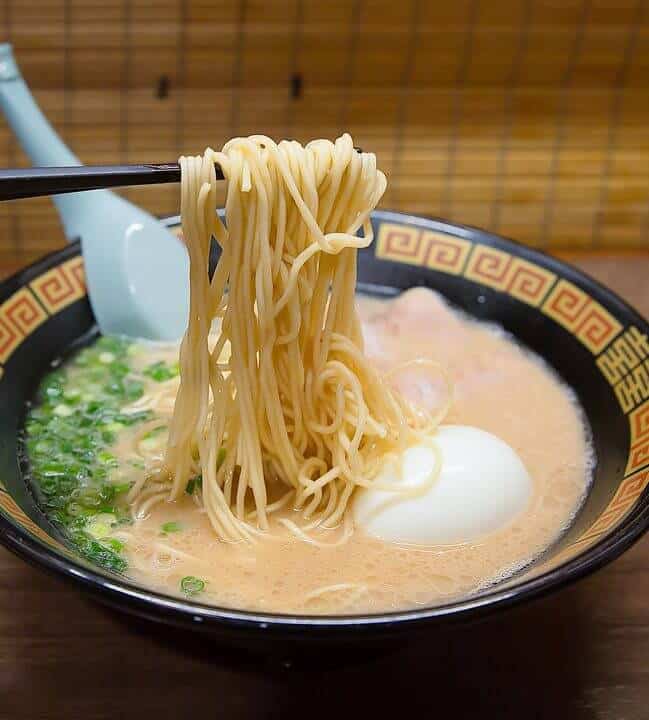
Soba
Next is Soba. These are buckwheat noodles that are also think like Ramen. Restaurants either serve chilled Soba with dipping sauce or with hot soup. Fukudaya in Shibuya is arguably one of the widely-known shops that serve Soba dishes.
Udon
Third on the list is Udon. These are thick noodles out of wheat flour. In addition to that, it has pale white color and is chewier in comparison to other noodle types. It is best to serve Udon with mild soy sauce broth.
Soumen
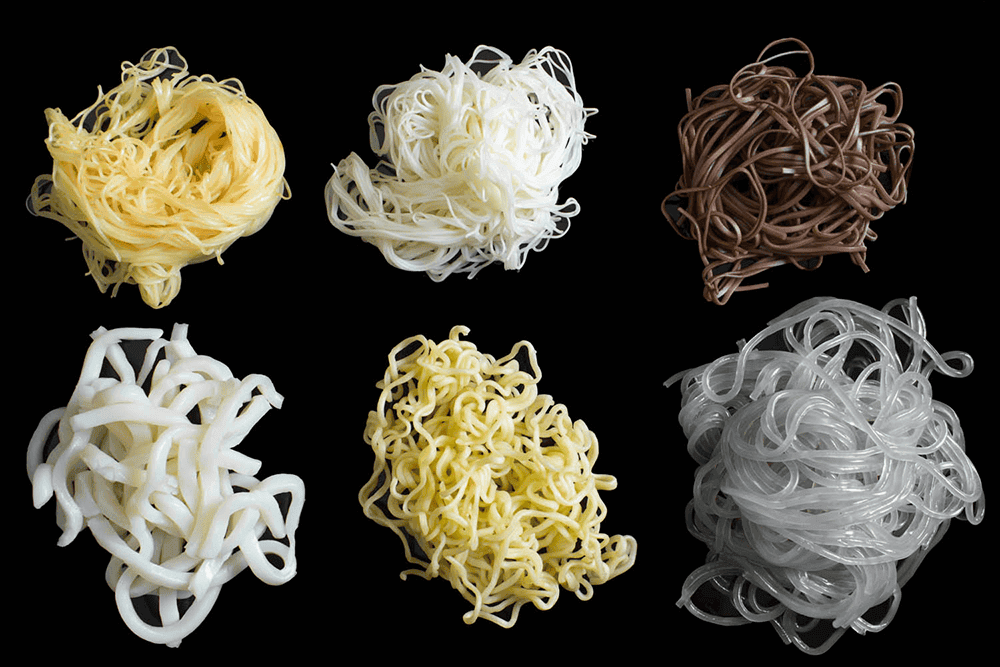
Fourth is Soumen noodles. These are very thin noodles and a crowd favorite during summer. Restaurants usually serve cold Soumen with hot soup on the side. Moreover, they serve this during festivals and relevant occasions.
Yakisoba
Yakisoba is another popular type of Japanese noodle. It looks like ramen noodles, and they also create these noodles using wheat flour.
Shirataki
Then, there’s Shirataki. The alternate name is Konnyaku noodles. Shirataki is perfect for those who want to lose weight as this has no calories at all. It is thin, translucent, and they produce this using konjac yam.
Hiyamugi
Lastly, we have Hiyamugi. Soumen is a little thinner than Hiyamugi. It also resembles Udon but is a bit thinner.
History of Soumen
Now, let’s go back and discuss Soumen deeper. As mentioned, Soumen are thin noodles and are fast to cook. It’s convenient and it’s also a favorite comfort food during summer.
The history of Soumen dates back Heian Period or during the last division of classical Japanese history. This period was between 794 and 1185. During this time, many believed that “Sakubei” is the original form of Soumen.
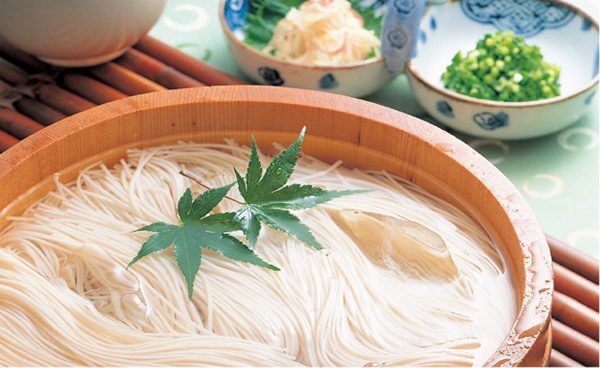
Sakubei
Sakubei is a high-class confection that only aristocrats can eat. Ancient people makes Sakubei by combining rice flour, salt, wheat flour, and water. Once combined, it becomes a dough that they knead and molds it into a rope-like shape.
Komochi
The Tang envoy brings this komochi to Sakurai City afterward. “Komochi” is a special food in the palace, and only high-ranking officials can devour it.

Soumen
It was only during Edo Period when they began using the name “Soumen”. Later on, it has become available to commoners. Many people liked this product that it has become a blockbuster hit. Soy sauce is not yet available during this time so people used salt and plum to bring additional flavors to Soumen.
Nowadays, people give Soumen as midyear gifts. There are also variations such as excluding oil in the process of making this noodle.
What is Tanabata?
People celebrate Soumen Day every 7th day of July. They also call this day as “Tanabata Festival”. Empress Kōken introduced this festival back in 755. Later during Edo Period, people started mixing it with Obon, and it became the Tanabata Festival today.
Historians believe that the prototype of Soumen was one of the offerings at the Shichita ritual. They prayed to god for the protection of crops from the storm. Additionally, they also think that the Soumen thread means wishing for good health.
Characteristics of Soumen
Despite the use of vegetable oil as one of the primary ingredients, Soumen has a unique scent. The color of the noodles is pale white, and it is very thin when compared to other noodle types. The manufacturing process includes the repetition of aging and stretching the dough to achieve the thinness of it. Most importantly, they add a small amount of vegetable oil to refrain the noodles from sticking to each other.
Soumen also has a shelf life. The expiration of the product depends on the production process. Normally, It should be good for storage starting from 6 months up to 6 years.
Is Soumen healthy?
Generally, Soumen noodles are carbs. Carbohydrates are the main source of energy for our bodies. However, you need to burn these carbs through exercise so it can turn into energy. Unused carbs will become fats and will eventually cause weight gain.
Make sure to eat just the right amount of Soumen, and don’t forget to run a few miles to burn those extra carbs!
How to Cook Soumen?
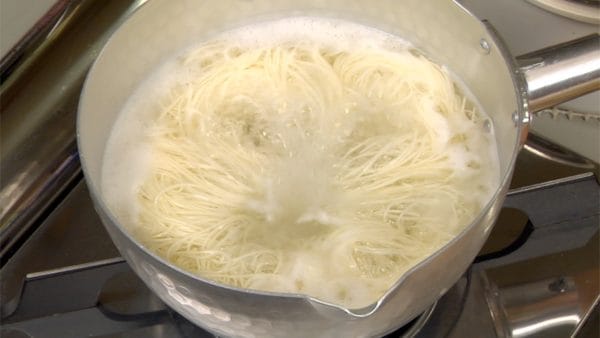
Since the noodles are very thin, it only takes a few minutes to prepare Soumen. It’s a piece of cake that’s why locals like to have this at home. Read on to know the best way to cook Soumen.
Prepare at least 1 liter of clean water for about 100 grams of Soumen. Let it boil before tossing the noodles in.
Stir the noodles using wooden chopsticks so it doesn’t stick together. Let the noodles simmer for about 2 minutes.
Using a colander, remove all excess water carefully. Cool down the noodles by rinsing them under fresh running water.
Voila! Your Soumen noodles are now ready! It’s so fast that you will not miss a single scene from your favorite TV show.
The 3 Most Famous Soumen
The development of Soumennoodle has reached different prefectures in Japan. Hence, a few prefectures have their own version of it.
Hyogo Prefecture’s Ibo no Ito
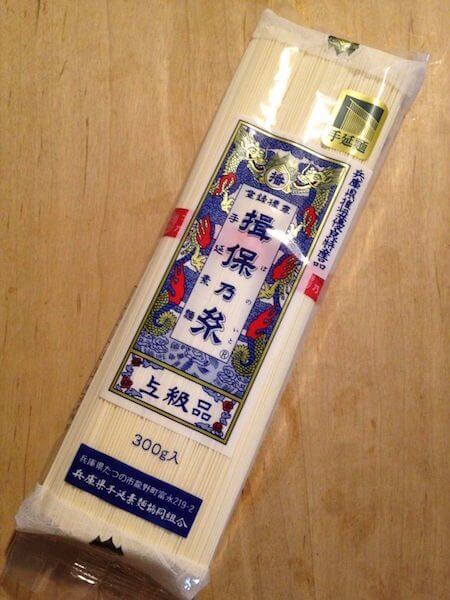
“Ibo no Ito” originated in Tatsuno City. A skilled craftsman is manually twisting and stretching the dough until its shape looks like a rope. Ibo no Ito is chewier than others, and it also has a crisp texture.
Nara Prefecture’s Miwa Somen
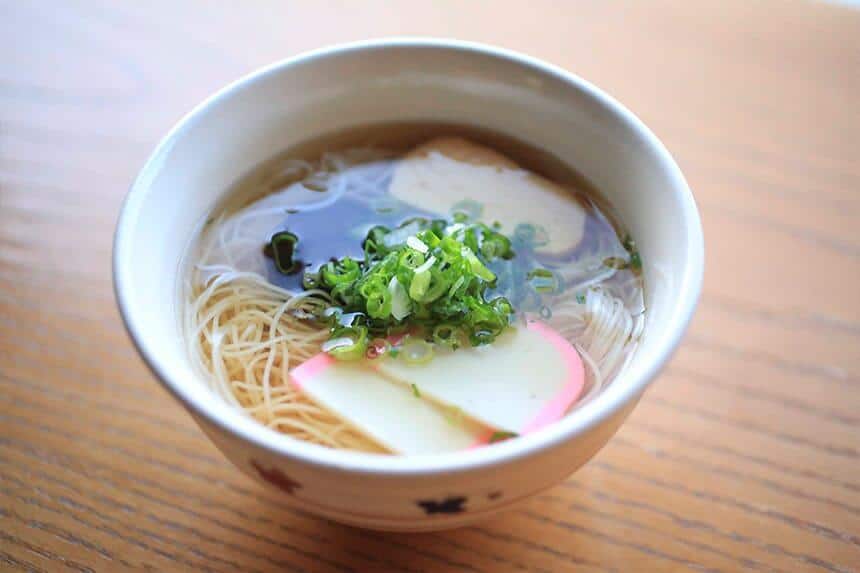
Miwa City in Nara Prefecture is the main producer of Miwa Somen. The thinner the noodles are, the more expensive it becomes. The most expensive grade should be around 0.3mm to 0.5mm in diameter.
There’s a tradition in Nara called Nagashi Somen. It is when families gather around to eat Miwa Somen in a halved bamboo. They let the noodles slide from the top while a sauce bowl catches it at the end of the bamboo.
Kagawa Prefecture’s Shodoshima Soumen
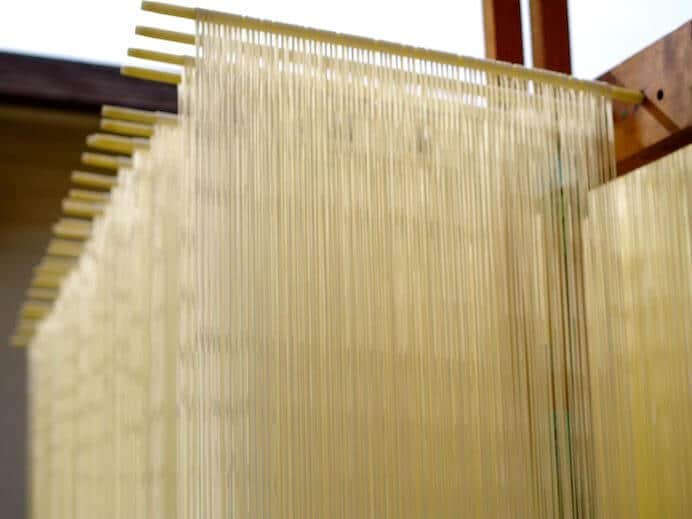
Udon is famous in Kagawa Prefecture, but they also produce their type of Soumen. Shodoshima Soumen uses sesame oil to pull the noodles instead of the regular vegetable oil. Hence, the color becomes yellowish. Its flavor may be a little different, but it is still a Soumen type.
When should I eat Soumen?
Although most people would say that eating noodles during the cold season is the best, it’s quite not similar to Soumen. This type of noodle is best to enjoy during the summer season. Yes, that’s from June to September. Eating chilled Soumen with bonito sauce dip is refreshing during warm days.
Restaurants that Serve Soumen
Soumen is a comfort food that locals often eat at home. It’s a Japanese noodle that is so easy to cook that’s why many are just having this at home. Some traditions encourage families to come together for a meal. Of course, eating Soumen in restaurants will give you an experience and a variation of flavors.
Awayo Ichicho
Awayo Ichicho is just 3 minutes away from Higashi-Nakano Station by foot. It is a specialty restaurant that serves Handa Soumen from Tokushima Prefecture. The shop uses bonito dashi which compliments the soft noodles when combined.Awayo Ichicho is a popular place, especially during the summer season.
Seasonal Cuisine Sushijuku
This shop is so close to Shinabasaki Station that it’s quite impossible to miss it. Seasonal Cuisine Sushijuku is, in fact, just a 5-minute walk from the station. The catch is that this restaurant does not open all year round. It usually opens from June 30 to September 30 only. This is during the summer season. You will need a reservation as well before coming to this restaurant. The shop is strict with this policy as many people are visiting the place whenever they are open.
Soumen Hayashi
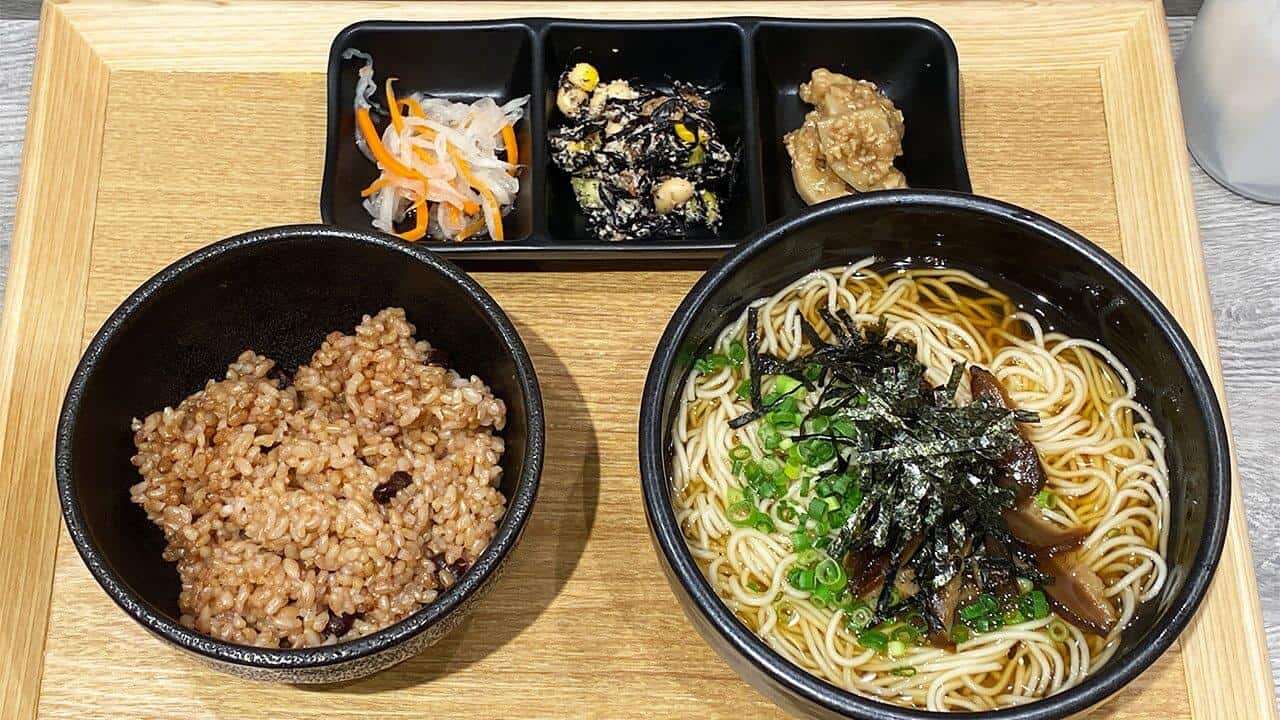
Soumen Hayashi is just near the Shinagawa Ward Office. This may be the reason why many office workers frequent the place. The shop serves cold Soumen during the summer season.
They are also famous for their Ibo no Ito which boasts the authentic taste from Hyogo Prefecture. Soumen Hayashi also serves it along with salad, sake, and delicatessen.
Finale
The charm of Soumen comes from its flexibility. Eating it cold is ideal during the hot season is so refreshing. At the same time, you can enjoy it with a hot soup during colder days. It is undeniably one of the top noodles in Japan because of its taste and long history.
Would you eat Soumen on your next trip to Japan? If yes, share this post on Facebook!
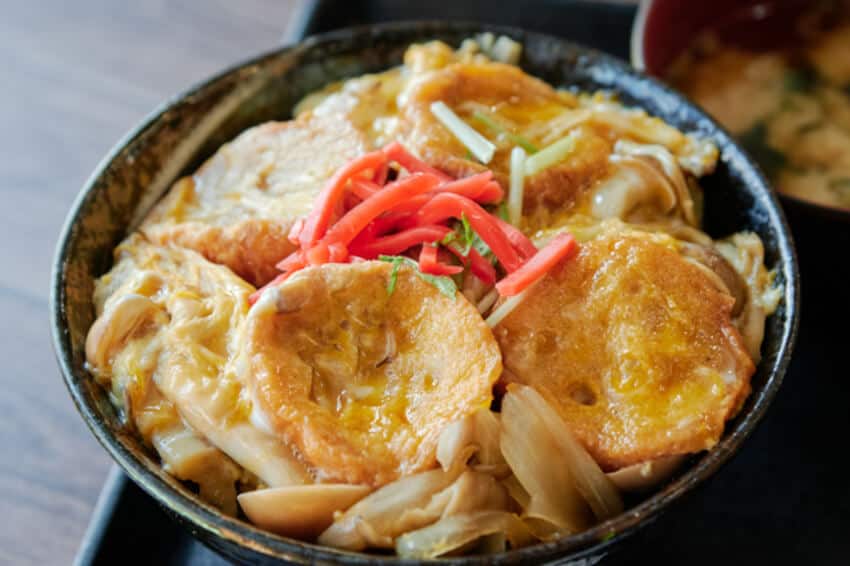
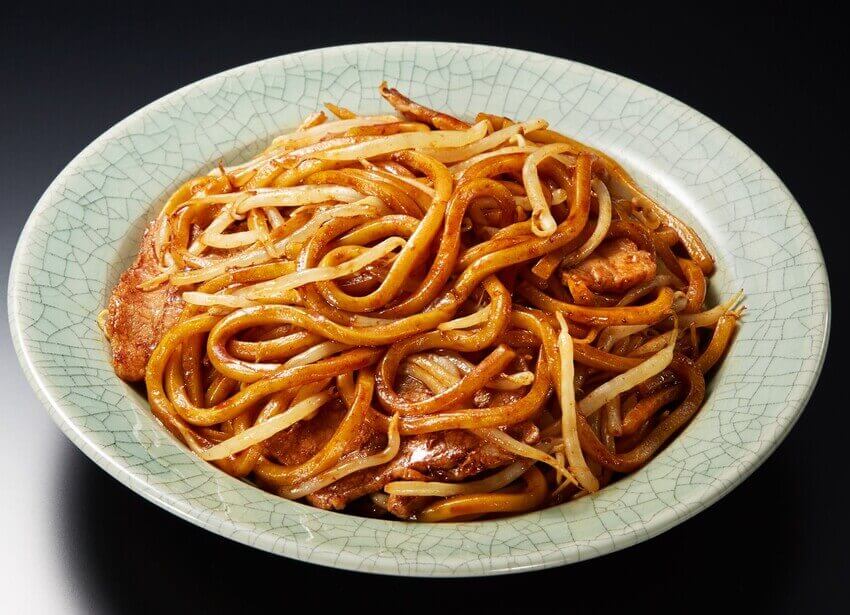





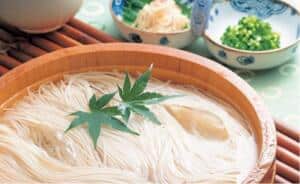
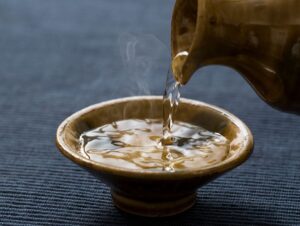
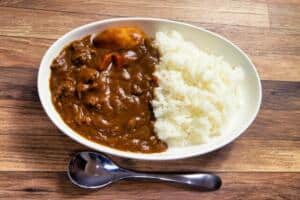
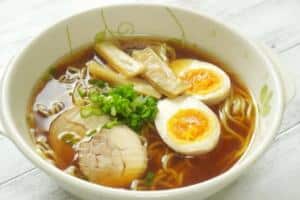
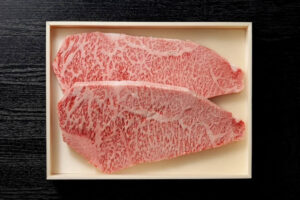
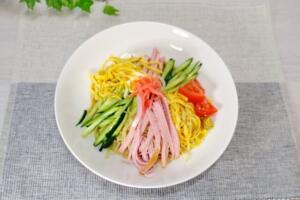
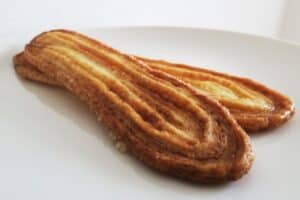
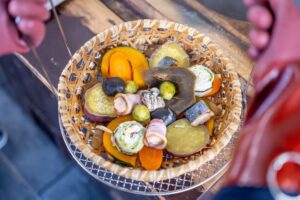
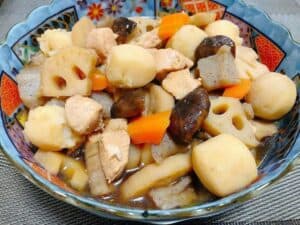
Comments